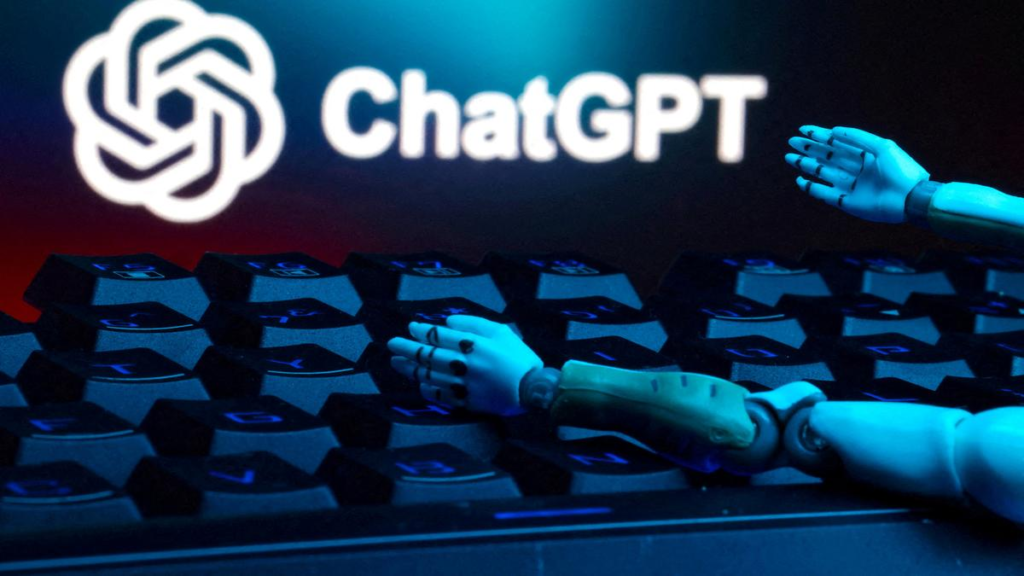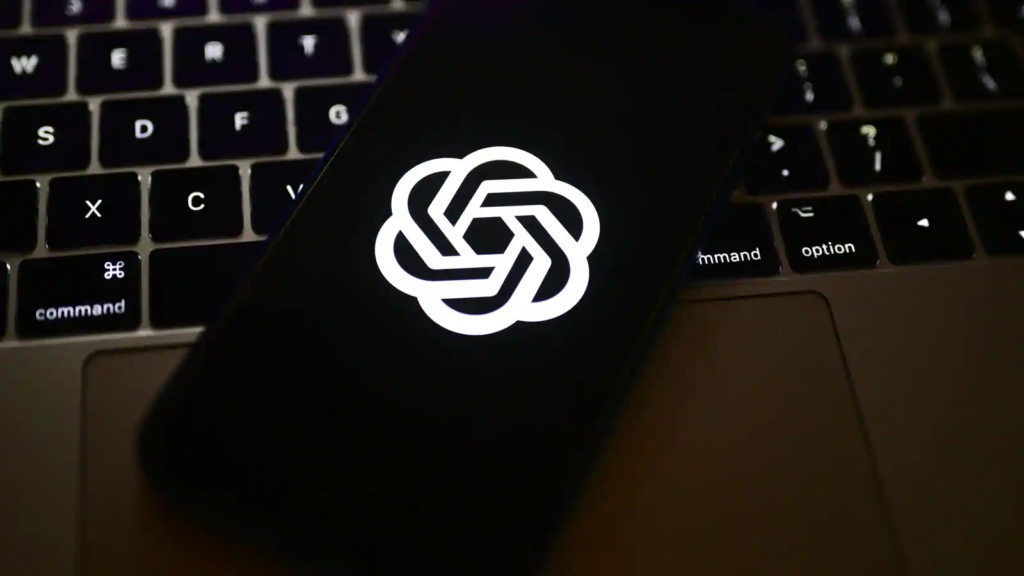OpenAI is about to release new artificial intelligence models that could change how we use tools like ChatGPT. The company plans to launch GPT-4.1, an upgraded version of its popular AI, as early as next week. Alongside this, smaller versions called GPT-4.1 mini and nano will debut, making AI faster and more efficient for everyday devices like phones and laptops.
The launch also includes two advanced models named o3 and o4-mini, designed to solve tricky math and science problems. These updates come after OpenAI’s CEO, Sam Altman, announced a delay for the much-anticipated GPT-5 model. Instead of rushing, the company wants to improve its current tools first.
What Makes GPT-4.1 Special?
GPT-4.1 is an improved version of OpenAI’s earlier AI, GPT-4o. The new model works faster, makes fewer mistakes, and handles text, images, and voice commands better. For example, it could help customer service chatbots reply more naturally or let artists create detailed images quickly.

The mini and nano versions are lighter and designed for smaller devices. The nano model might even work offline, which is great for apps that need AI without draining your phone’s battery.
Meet o3 and o4-mini: AI That Thinks Like a Scientist
The o3 model is OpenAI’s smartest reasoning tool yet. It can solve complex math problems and answer science questions almost as well as experts. Tests show it scores over 96% on tough math exams. But there’s a catch. Running o3 requires huge amounts of computer power, making it expensive for most developers.
The o4-mini offers similar skills at a lower cost. Hospitals could use it to analyze X-rays faster, while banks might detect fraud more accurately.
Why OpenAI’s Servers Are Struggling
Last month, OpenAI had to limit access to its image generator because too many people were using it. Altman joked that their computer chips were “melting” from the demand. This explains why the company is careful about releasing too many features at once.
Why Delay GPT-5?
Originally, OpenAI wanted to include o3’s abilities directly in GPT-5. However, tests showed that standalone reasoning models work better for specific tasks. By splitting them up, developers can pick the right tool for their needs. For example, a school app might use o4-mini for homework help, while a lab uses o3 for research.
The delay also gives OpenAI time to fix server issues. Rivals like Google’s Gemini are cheaper, so OpenAI must prove its models are worth the higher price.
What This Means for You
Users of ChatGPT and other AI tools can experience quicker responses as well as reduced errors through the adoption of GPT-4.1. AI helps students achieve enhanced homework help yet enables businesses to automate various operations spanning email production and data analysis.

GPT-4.1 nano represents one of the smaller models that the technology industry anticipates will be extended to everyday consumer devices. You can ask your mobile device for recipes through the internet without Wi-Fi while using AI monitoring for your health data through a smartwatch.
The option of flexibility within new models presents itself to developers at the cost of making challenging selections. The o3 tool brings expensive power to users, yet less expensive miniature versions present limited capabilities.
OpenAI develops its technology through incremental improvements by tracking what users need. The company addresses issues and implements new capabilities slowly to maintain its position ahead in this rapidly advancing AI competition.





